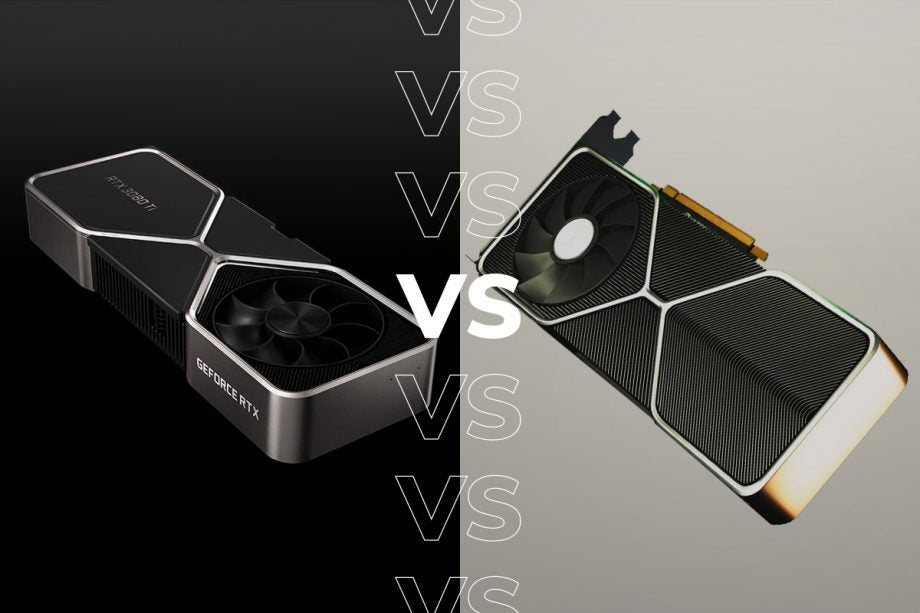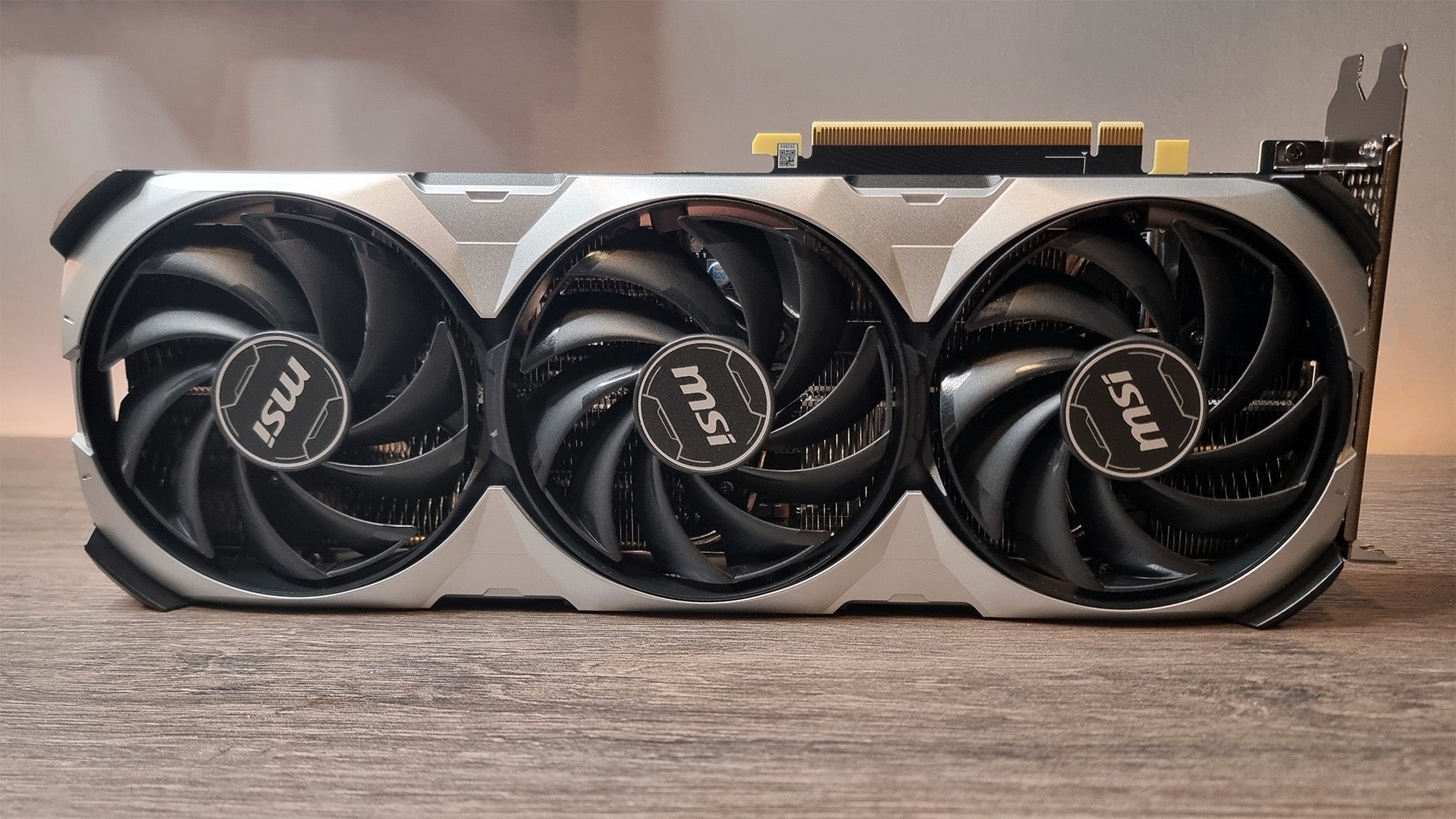Nvidia RTX 3080 Ti vs Nvidia RTX 3080: Which GPU is better?

Nvidia released its latest flagship GPU, the RTX 3080 Ti, this year. But, how does it compare to the existing RTX 3080?
Both the 3080 and the 3080 Ti are a part of Nvidia’s 30-Series graphics card line-up. Powered by Nvidia’s Ampere architecture, both cards have high-end specs with support for ray tracing and DLSS.
So, what’s the difference? Read on to discover which is our top recommended GPU in the Nvidia RTX 3080 Ti vs Nvidia RTX 3080 faceoff.
Price and availability
The RTX 3080 is the more affordable of the two and, while it may not match the performance of the RTX 3080 Ti, we think it offers better value.
Prices for the 3080 start at £649, while the 3080 Ti costs almost twice as much at £1049. That’s a £400 increase on the older GPU.
As far as availability goes, both graphics cards are available to buy right now. The 3080 was released in September 2020, and the 3080 Ti in June 2021, making the Ti the more recent of the two.
That said, most graphics cards are generally out of stock these days due to the silicon shortage, so it might be a case of just buying whatever is available at the time. Also watch out for inflated prices due to the stock shortage. As good as these graphics cards are, it’s not worth buying them for double the original cost.
Specs and features
While the 3080 and the 3080 Ti include plenty of similar features, the Ti wins when it comes to performance.
Both GPUs are based on Nvidia’s Ampere architecture, which introduced support for ray tracing with Nvidia’s 3rd generation tensor cores, DLSS and HDMI 2.1, the latter of which enables 120Hz/4K gaming.
While the features remain similar, the specs are what really separate the two 30 Series graphics cards and give the 3080 Ti a performance boost over the 3080.
The 3080 Ti has 12GB of GDDR6X memory, which is 2GB more than the 10GB on the 3080. The Ti also features more CUDA cores (10240 to the 3080’s 8704 cores) for improved graphic performance, as well as more tensor cores and RT cores to handle DLSS and ray tracing.
The 3080 Ti also has a higher 350W Graphics Card Power than the 3080’s 320W, meaning you’ll need a high-capacity PSU to run it effectively and to maximise its overclocking potential.
Performance
Enough about specs. Which graphics card offers the superior real-time performance in the Nvidia RTX 3080 Ti vs Nvidia RTX 3080 face-off?
For the likes of Borderlands 3 and The Division 2, the RTX 3080 Ti saw around a 5fps to 15fps improvement across all of the resolutions compared to the RTX 3080.
Both cards also comfortably ran 4K games at a high frame with DLSS deactivated. With this in mind, it’s hard to see a reason for upgrading to the RTX 3080 Ti unless you really care about having the most powerful GPU in your budget, even if it’s by the smallest of margins.
The RTX 3080 Ti also sees a higher power consumption, so could be a needlessly expensive option if you need to upgrade your PSU.
Check out our Nvidia RTX 3080 Ti review if you want a deeper breakdown of the performance results.
Verdict
The Nvidia RTX 3080 Ti is a powerful flagship GPU that offers excellent 4K ray tracing performance, but the £400 price hike makes it tough to recommend it over the also very impressive RTX 3080.
While both GPUs made the cut for our best graphics card list, the 3080 offers better value for your money.





